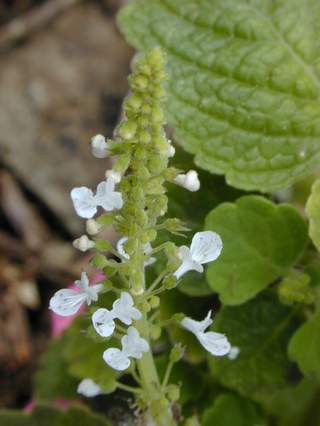
‘Ala‘ala wai nui wahine, spurflower
NOTE: Spreads slowly and persists, although may die back somewhat in the dry season. This plant readily produces seeds and seedlings appear early in the wet season. Plants tolerate some shading, and this species was becoming a moderately common ground cover in some areas. More recently (2012), the species has become uncommon at Nā Pōhaku o Hauwahine, but still persists in several locations.
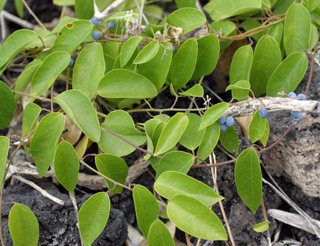
Huehue
NOTE: This species actually first seen growing naturally on Pu‘u wai lani. Many plantings have been made around the site from seeds obtained in the wild, but none has survived to date. However, the plant on Pu‘u wai lani is still growing there (as of March 2010)
Population: 3 (July '08).
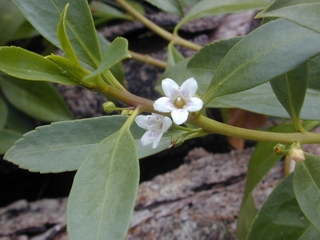
Naio, bastard sandalwood
NOTE: Starting in 2011, we saw numerous juvenile naio (seedlings) coming up around some of the adult plants, and these new plants have been growing quickly into shrubs.
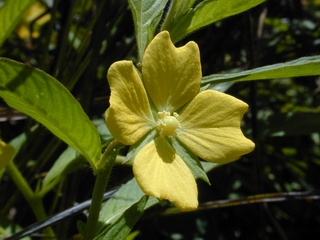
Kamole
primrose willow
NOTE: Spreads rapidly in the spring. Most plants killed by wet season high water. Young plants appear in upland areas in wet season and sometimes persist.
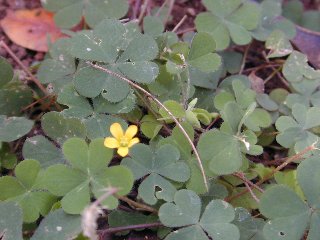
‘Ihi ‘`ai
yellow wood sorrel
NOTE: Wet season annual, becoming very abundant if encouraged by selective weeding of undesirable species. An early ground cover over exposed soil.
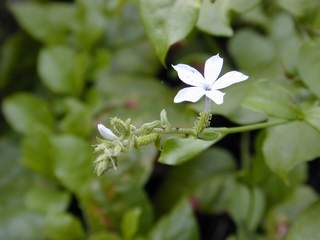
‘Ilie‘e, hilie‘e, leadwort
NOTE: Spreads steadily, eventually taking over as a ground cover, especially in areas of full or partial shade. Plants spreading by seeding and rooting at nodes. This species is now the main groundcover under our native forest trees.
Population: TNTC (12/09)
